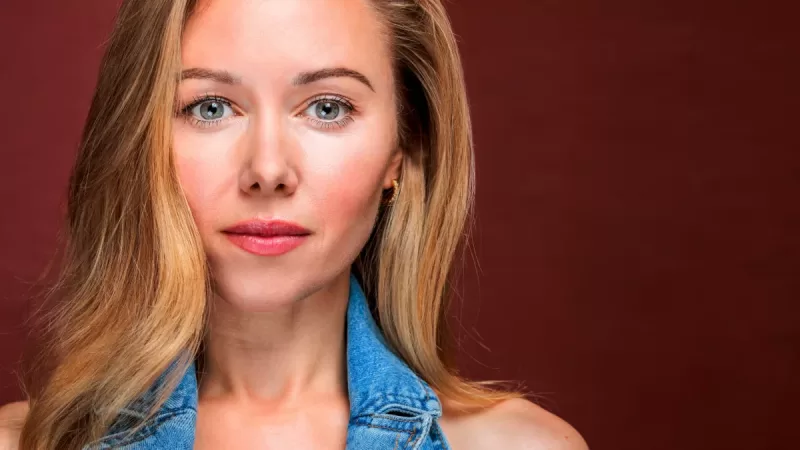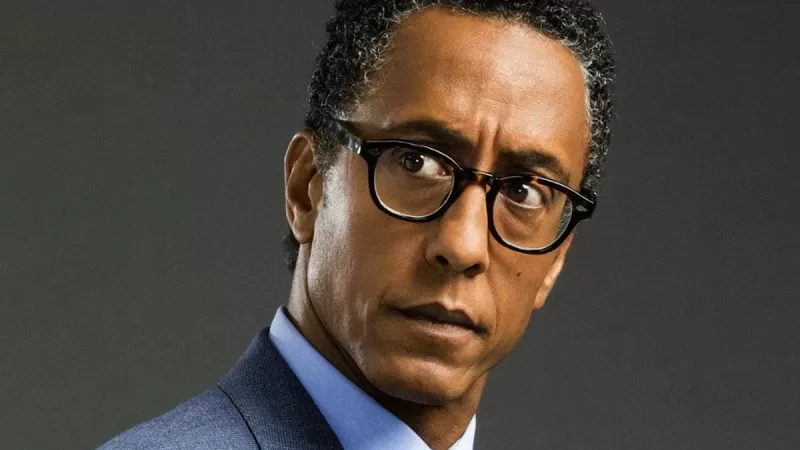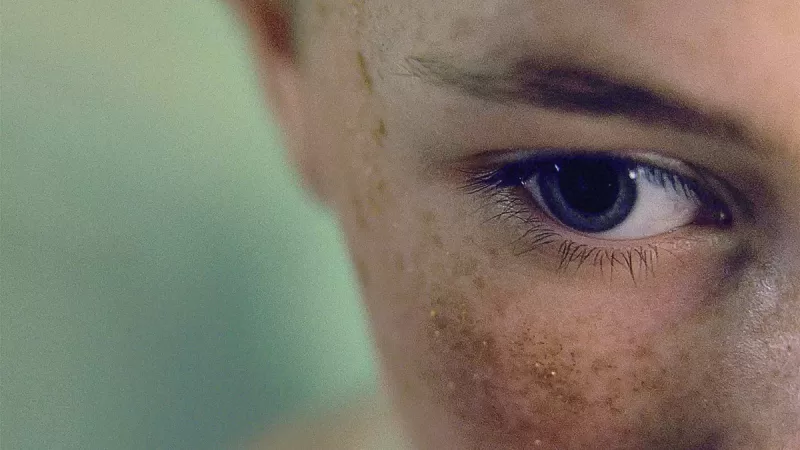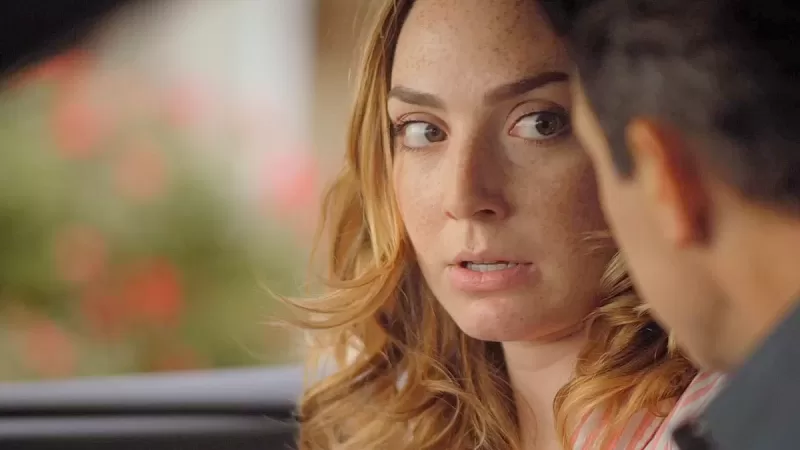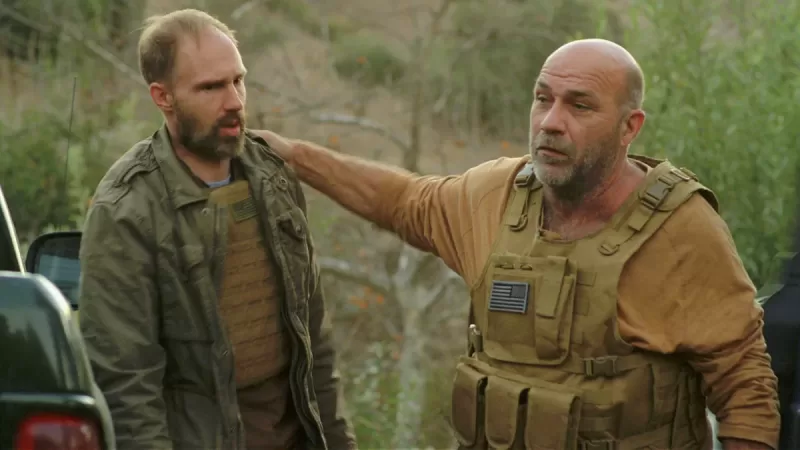Exploring Different Camera Lenses and Their Effects on Cinematic Storytelling
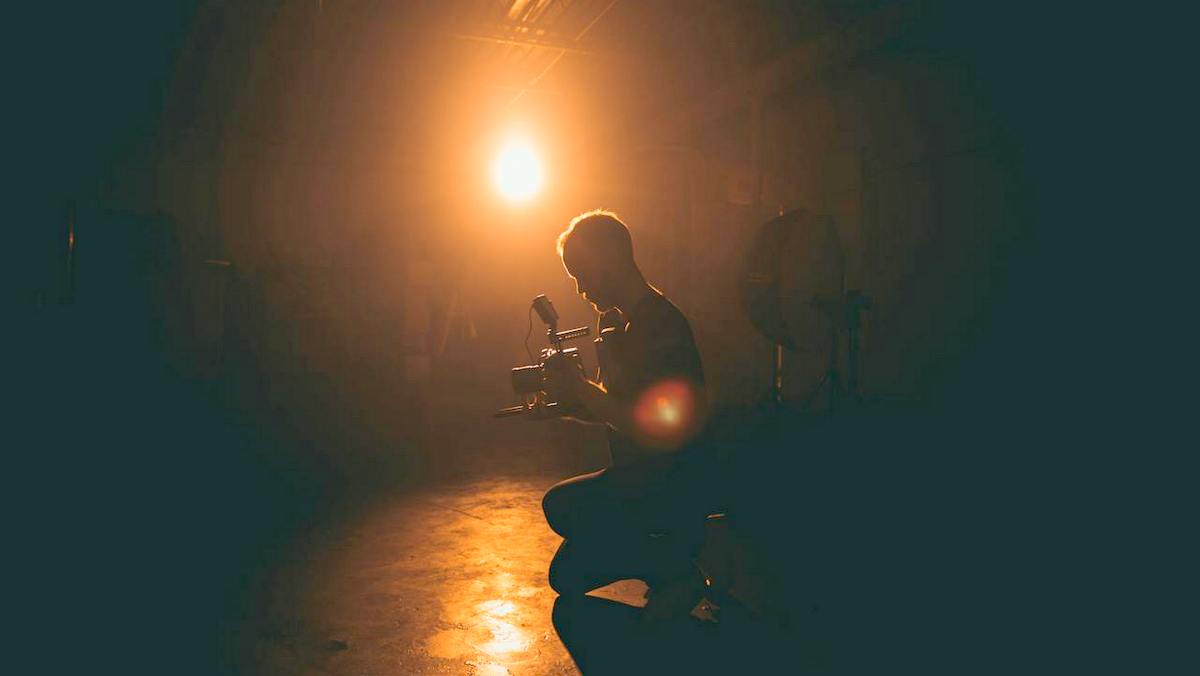
Oladapo Bamidele (January, 20, 2024)—
Exploring Different Camera Lenses and Their Effects on Cinematic Storytelling
When it comes to capturing cinematic footage, the choice of camera lenses plays a critical role. The impact of different camera lenses on storytelling are prevalent. Different lenses offer unique effects on storytelling and visual composition. You are a filmmaker working on a narrative film or a content creator producing videos for online platforms. Its important to understand the impact of various camera lenses is essential for achieving the desired cinematic look and feel.
In the realm of cinematography and photography, two primary types of camera lenses come into play: prime and zoom lenses. Understanding the distinction between these lens types is crucial for grasping their respective functionalities and creative applications.
Zoom lenses, characterized by their variable focal lengths, enable camera operators to adjust the magnification. And the composition of the image without physically moving the camera. On the other hand, prime lenses feature a fixed focal length. It requires the camera operator to physically reposition the camera to achieve the desired framing and detail.
Each type of lens offers distinct advantages and creative possibilities. These features contribute to the overall visual narrative of a film or video project. Exploring the characteristics and effects of different lenses provides filmmakers and content creators with a versatile toolkit for visual storytelling.
The Role of Camera Lenses in Cinematic Storytelling
Camera lenses are pivotal to the art of cinematic storytelling, shaping the visual narrative in profound ways. Through the lens, cinematographers can convey emotions, set moods, and guide the audience’s focus. The interplay between lenses and emotion is a key element in creating a compelling and immersive cinematic experience. This are the Impact of different camera lenses on storytelling
How Lenses Shape the Visual Narrative
Lenses play a crucial role in shaping the visual narrative of a film. They have the power to manipulate depth of field. Or alter perspective, and control the amount of light that enters the camera. Different lenses can evoke various feelings and create distinct atmospheres within a scene. For instance, a wide-angle lens can capture expansive landscapes. Thus providing a sense of grandeur. While a macro lens can bring the audience closer to the intricate details of a subject, fostering intimacy and intrigue.
- Lenses manipulate depth of field.
- Alter perspective and control light.
- Evoke different feelings and create distinct atmospheres.
The Interplay Between Lenses and Emotion
Emotion is a cornerstone of cinematic storytelling, and camera lenses serve as a potent tool for conveying it. A shallow depth of field produced by a prime lens can isolate a character in focus. Thus intensifying their emotions and emphasizing their significance within the narrative. Alternatively, the use of a telephoto lens can compress the background. Which creates a sense of intimacy and heightening the emotional connection between characters. Another important thing to note about the impact of different camera lenses on storytelling.
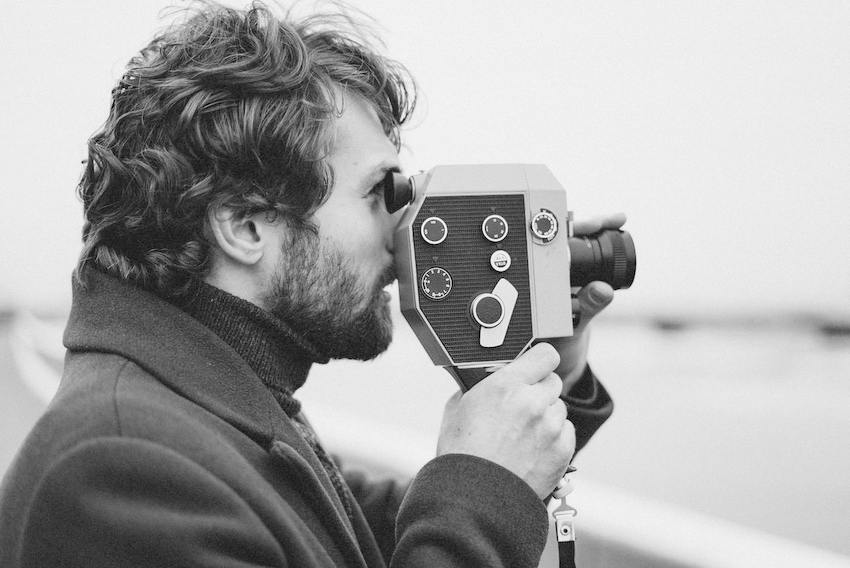
In essence, camera lenses are not just technical instruments. There are but powerful storytellers in their own right, profoundly influencing the emotional resonance of cinematic narratives.
Prime Lenses: Capturing Clarity and Detail
A prime lens is simply any lens with a fixed focal length. A 50mm lens, a 28mm lens, an 85mm lens, and a 400mm lens all offer a single focal length and are therefore prime. Look through a prime lens, and you’ll always get the same field of view; if you want a different field of view, you must switch to a different lens. On the other hand, a zoom lens features a range of focal lengths. For instance, a zoom might span from 24-70mm, 70-200mm, or 14-24mm. To go from one focal length to the next, you merely twist the zoom ring, and the field of view changes.
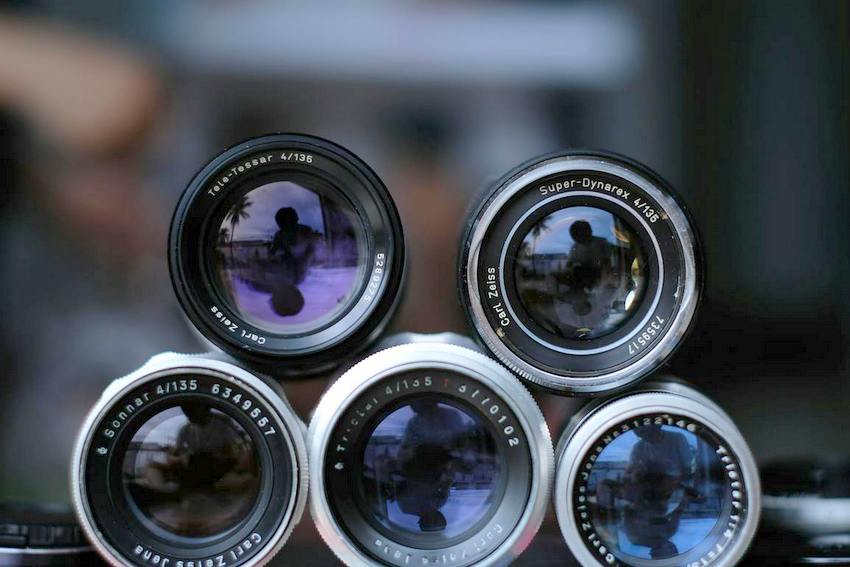
A prime lens is simply any lens with a fixed focal length. A 50mm lens, a 28mm lens, an 85mm lens, and a 400mm lens all offer a single focal length and are therefore prime. Look through a prime lens, and you’ll always get the same field of view; if you want a different field of view, you must switch to a different lens. On the other hand, a zoom lens features a range of focal lengths. For instance, a zoom might span from 24-70mm, 70-200mm, or 14-24mm. To go from one focal length to the next, you merely twist the zoom ring, and the field of view changes.
Most manufacturers offer prime lenses spanning the entire spectrum of glass, from ultra-wide to super-telephoto, though the most popular primes do sit in the 24-85mm range. In fact, the 50mm prime is the most popular lens of all time. However, prime lenses are not very versatile compared to zoom lenses. With a zoom lens, you can get closer or farther from a subject with a twist of your hand. But with a prime lens, you have to physically move to change the composition, or you have to spend precious time swapping lenses. That’s the Impact of different camera lenses on storytelling.
The Attributes of Fixed Focal Lengths
Prime lenses offer a single focal length, providing a fixed perspective and field of view. This allows photographers to really dive into a scene and examine the details. The absence of zoom functionality encourages photographers to engage more actively with their subjects, creatively approaching composition and subject interaction. The use of prime lenses can lead to the creation of images that really stand out in terms of image quality and detail.
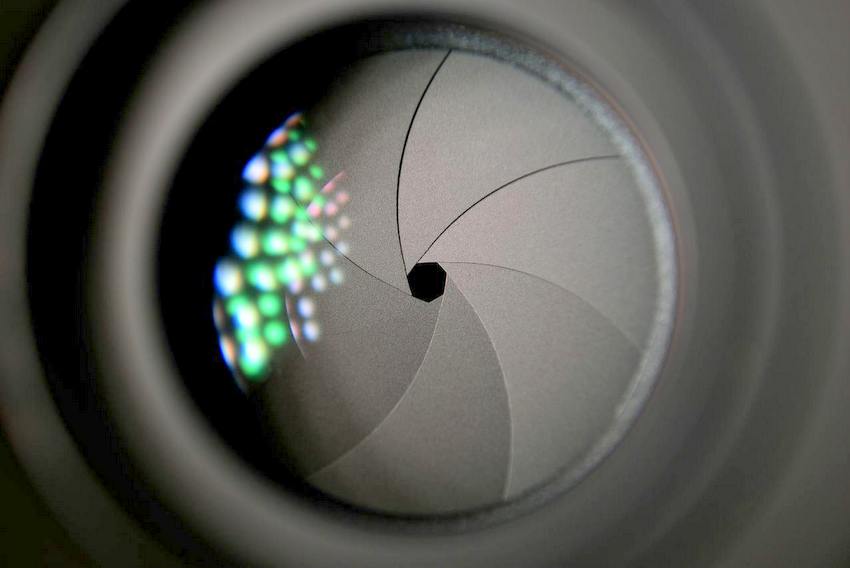
Iconic Use of Prime Lenses in Cinema
The use of prime lenses in cinema is iconic and has been embraced by many renowned filmmakers. Prime lenses are favored for their ability to capture scenes with striking clarity and detail, enhancing the cinematic storytelling experience. The fixed focal length of prime lenses allows filmmakers to create deliberate compositions, control framing, and capture scenes with a distinct visual style. The renowned visual aesthetics achieved through prime lenses contribute to the overall impact and immersive quality of cinematic narratives.
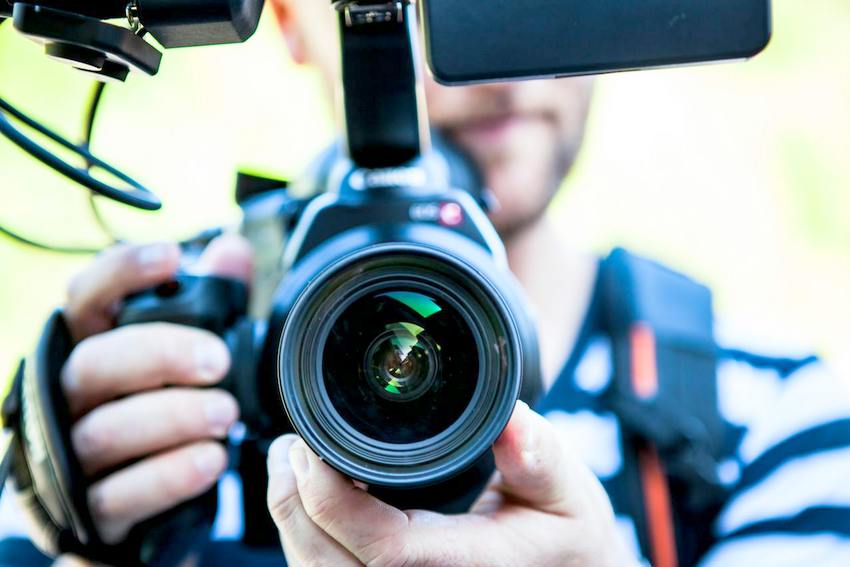
Zoom Lenses: Versatility in Filmmaking
Before we delve into the different types of camera lenses and their cinematic storytelling effects, it’s crucial to understand the significance of zoom lenses in the filmmaking industry.
Understanding Variable Focal Lengths
Zoom lenses offer filmmakers a range of focal lengths in a single package, allowing them the flexibility to capture various scenes without the need to change lenses. Unlike prime lenses, which have a fixed focal length, zoom lenses enable cinematographers to seamlessly transition from wide-angle shots to telephoto focal lengths through the simple act of zooming in and out. This adaptability simplifies the filming process, particularly in dynamic and fast-paced environments where time is of the essence.
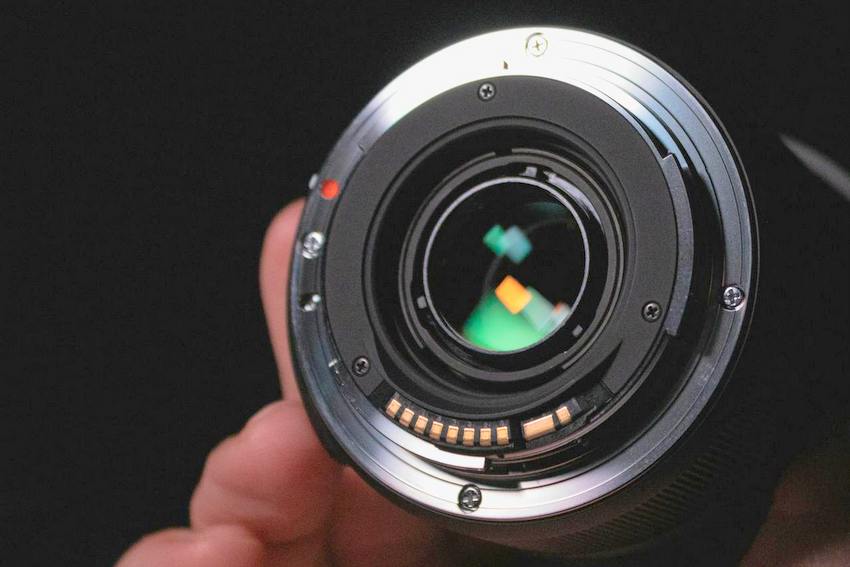
Creative Zoom Techniques for Dynamic Storytelling
Zoom lenses not only offer versatility but also present a plethora of creative possibilities for filmmakers seeking to elevate their storytelling. By leveraging zoom techniques, such as dolly zoom (Trombone shot), zooming with movement, and zooming to reveal, cinematographers can add depth, suspense, and visual intrigue to their narrative. These techniques empower storytellers to engage audiences on a deeper emotional level, effectively conveying the intended mood and essence of the story.
In the next sections, we will explore additional facets of cinematography, including prime lenses, lens selection strategies, and the impact of lens choice on visual storytelling.
The Art of Exaggeration and Spatial Relationships
Wide-angle lenses have the unique ability to expand spatial perspectives, creating a sense of depth and exaggerating the size differences between objects in the foreground and background. By getting close to a subject with a wide-angle lens, you can make it appear significantly larger than distant objects, resulting in an illusion of depth in the photograph. This technique plays with viewers’ perceptions, creating a captivating and immersive visual experience that draws them into the scene.
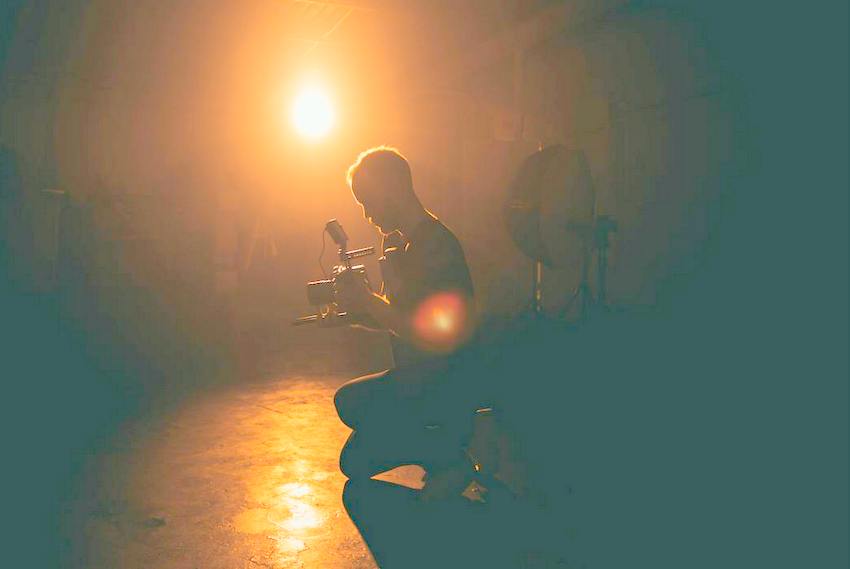
Famous Wide-Angle Shots and Their Impact
Wide-angle lenses have been used to capture iconic shots that have had a profound impact on cinematic storytelling. One such example is the classic shot from the Colorado Rockies, where the mountains in the distance appear smaller than the foreground grass. This deliberate exaggeration of spatial relationships creates a visually stunning effect, drawing the viewer’s eye into the expansive landscape and creating a vivid sense of depth.
Another notable instance is the image of El Capitan and the Merced River in Yosemite NP, shot with an even wider lens. While this photograph lacks a traditional sense of depth, it showcases the power of wide-angle lenses in capturing patterns and symmetry, demonstrating the versatility of these lenses in conveying diverse visual narratives.
By exploring these famous wide-angle shots, we can appreciate the profound impact of these lenses on cinematic storytelling, inspiring filmmakers and photographers to push the boundaries of visual storytelling.
Telephoto Lenses: Bringing Scenes Closer
Telephoto lenses are a crucial tool in cinematic storytelling, allowing filmmakers to capture distant subjects with exceptional clarity and detail. These lenses bring distant scenes closer, enabling unique perspectives and enhancing the visual impact of a shot.
The Compression Effect and Its Dramatic Use
Telephoto lenses are renowned for their ability to compress the depth of a scene, making distant objects appear larger and closer together. This compression effect creates a captivating visual dynamic, drawing the audience’s focus to specific elements within the frame. In cinematic storytelling, this effect is often harnessed to intensify the emotional connection between characters or to emphasize the grandeur of expansive landscapes. The ability to manipulate the perception of distance through the use of telephoto lenses adds a layer of depth and drama to storytelling, elevating the visual narrative.
Telephoto Lenses in Action – Memorable Cinematic Moments
Countless iconic cinematic moments have been captured through the lens of a telephoto camera, showcasing the profound impact of this technology on storytelling. From the intimate close-ups of characters in a tense dialogue to the breathtaking capture of a distant, majestic mountain range, telephoto lenses have played a pivotal role in shaping unforgettable scenes that resonate with audiences. The ability of telephoto lenses to bring distant subjects into sharp focus opens up a world of storytelling possibilities, enabling filmmakers to craft visually stunning compositions that leave a lasting impression.
Specialty Lenses for Unique Effects
In cinematic storytelling, specialty lenses can play a crucial role in creating distinctive visual impacts that elevate the overall narrative. Fisheye and macro lenses are among the most popular options that filmmakers use to bring unique storytelling elements to their creations.
Fisheye Lenses and the Art of Distortion
These lenses are renowned for their ability to create a captivating and distorted perspective, bending straight lines and capturing a significant area of view. With their exaggerated depth and exaggerated angles, these lenses introduce a sense of surrealism and immersion, making them ideal for sequences that demand an unconventional or dreamlike visual representation. By leveraging the fisheye effect, filmmakers can transport the audience into the heart of the action, heightening emotions and intensifying the storytelling experience.
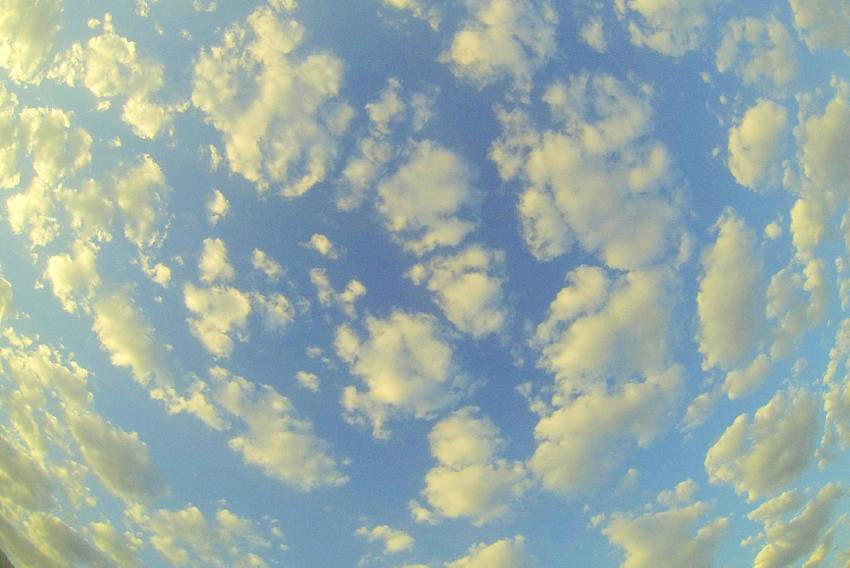
Macro Lenses for Intricate Detailing in Film
On the other end of the spectrum, macro lenses excel in capturing stunning close-up shots, revealing the intricate details that often go unnoticed by the naked eye. These lenses are instrumental in drawing the audience’s attention to minute elements, adding depth and a sense of intimacy to the storytelling. Whether it’s showcasing the delicate texture of an object or magnifying subtle facial expressions, macro lenses empower filmmakers to weave a visually rich and immersive narrative that resonates deeply with the viewers.
Utilizing the unique capabilities of fisheye and macro lenses opens up a world of creative possibilities, allowing filmmakers to craft visually arresting scenes that leave a lasting impression on the audience.
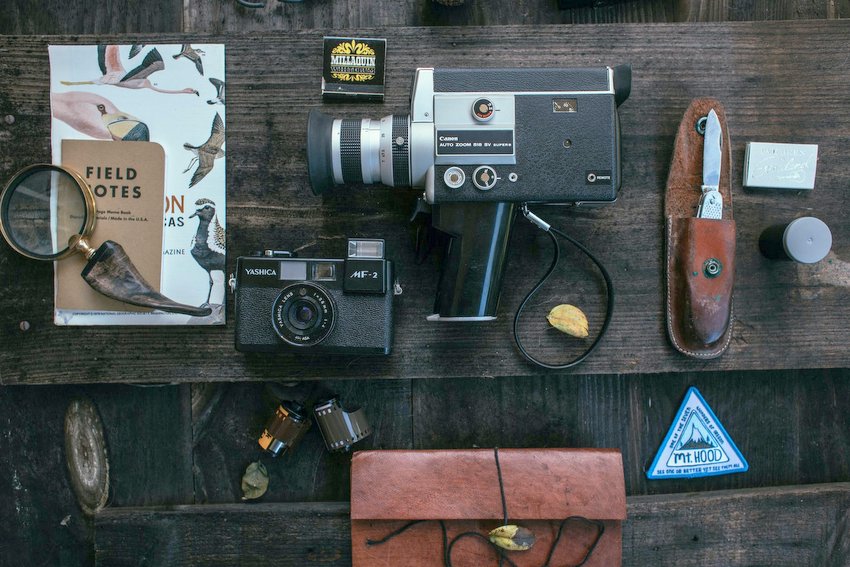
The Art of Selecting the Right Lens
Selecting the right lens is crucial for achieving cinematic storytelling goals. It involves balancing technical needs with artistic vision to effectively convey the desired narrative through visual elements.
Lens Choice and Storytelling Goals
When choosing a lens, it’s essential to consider the storytelling goals of the cinematic project. Different lenses can evoke specific emotions and create unique visual experiences for the audience. For instance, ultra wide angle lenses can be used to depict a character’s vulnerability in vast, open spaces, while telephoto lenses can create a sense of intimacy and focus on individual character emotions. Understanding the narrative purpose behind each shot helps in making informed lens selections that align with the overall storytelling objectives.
Balancing Technical Needs with Artistic Vision
The process of selecting the right lens involves striking a balance between technical requirements and artistic vision. Technical considerations include factors such as depth of field, focal length, and low-light performance, which directly impact the visual aesthetics of the footage. Meanwhile, artistic vision encompasses the director’s visual style, the mood of the scene, and the intended emotional impact on the audience. By integrating technical specifications with artistic intentions, filmmakers can harness the full potential of different lenses to bring their cinematic vision to life.
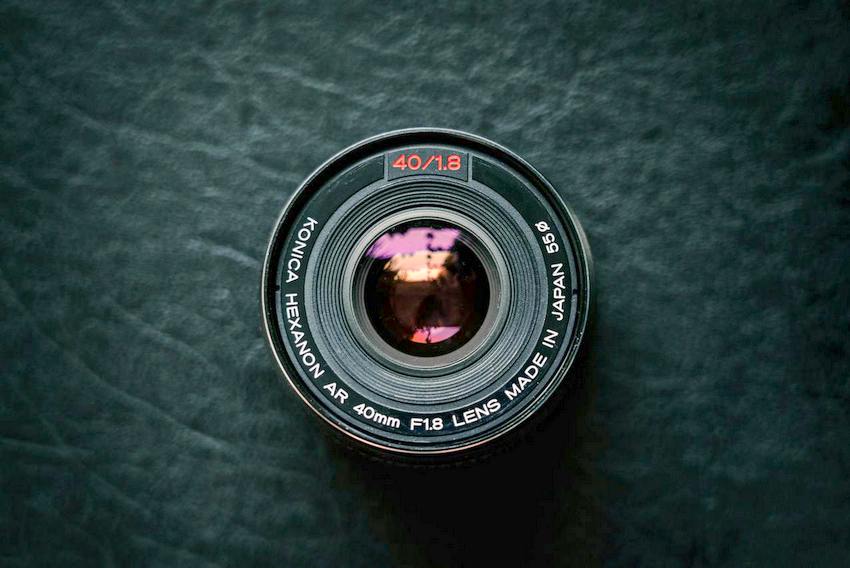
Conclusion
Understanding the impact of different camera lenses on cinematic storytelling is crucial for filmmakers aiming to create visually compelling narratives. The choice between prime and zoom lenses significantly influences the composition and visual aesthetics of the footage. Prime lenses, with their fixed focal lengths, offer distinct advantages in emphasizing foreground details and adding depth to scenes. On the other hand, zoom lenses provide flexibility in adjusting the framing and capturing dynamic shots. By exploring the diverse effects of various camera lenses, filmmakers can elevate the storytelling potential of their visuals and create captivating cinematic experiences for their audience.
Did this press release inform you? Would you like to comment on Unveiling the Cinematic Magic: The Impact of Different Camera Lenses on Storytelling? If you do, we would respond. Do let us know your thoughts if you have any suggestions. So hit us up on Facebook, Instagram! or Twitter.
INDIE ACTIVITIES
Escape by Howard J. Ford stars Sarah Alexandra Marks from Saban Now Out on VOD
Actress Sarah Alexandra Marks stars of a Saban action/thriller titled Escape
Andre Royo to Deliver Keynote Address at Beyond Hollywood Int’l Film Festival Awards Night
Andre Royo is at Beyond Hollywood Int’l Film Festival Release April 28th, 2024
CLODAGH Directed by Portia A. Buckley is an Official Selected Short at Cleveland
CLODAGH has been selected for the prestigious Cleveland International Film Festival
Stargazer by Alan McIntyre. A Spellbinding Tale of Science, Seduction and Betrayal Debuts April
Stargazer Gets Digital Debut for North American VOD Platforms and DVD on April 30, 2024
Day Labor by R. Ellis Frazier, Action Thriller Gets May Release
Freestyle Digital Media Acquires Action Thriller “Day Labor” For May Release

